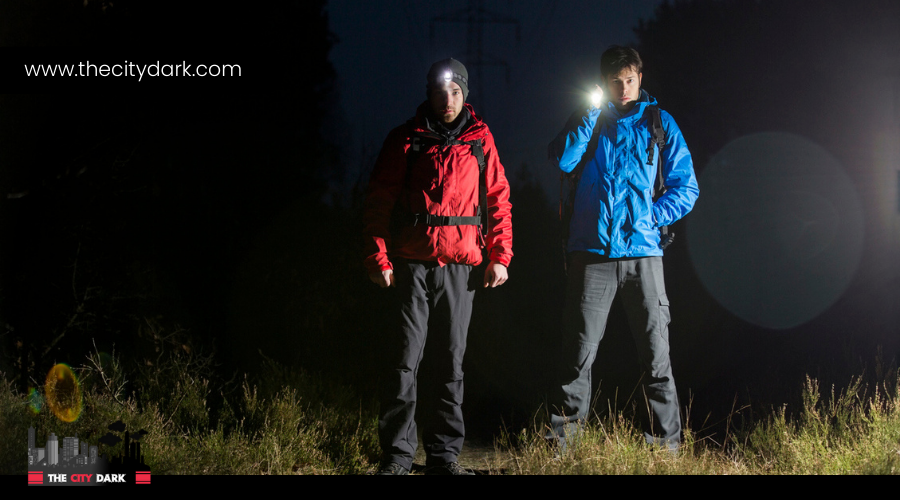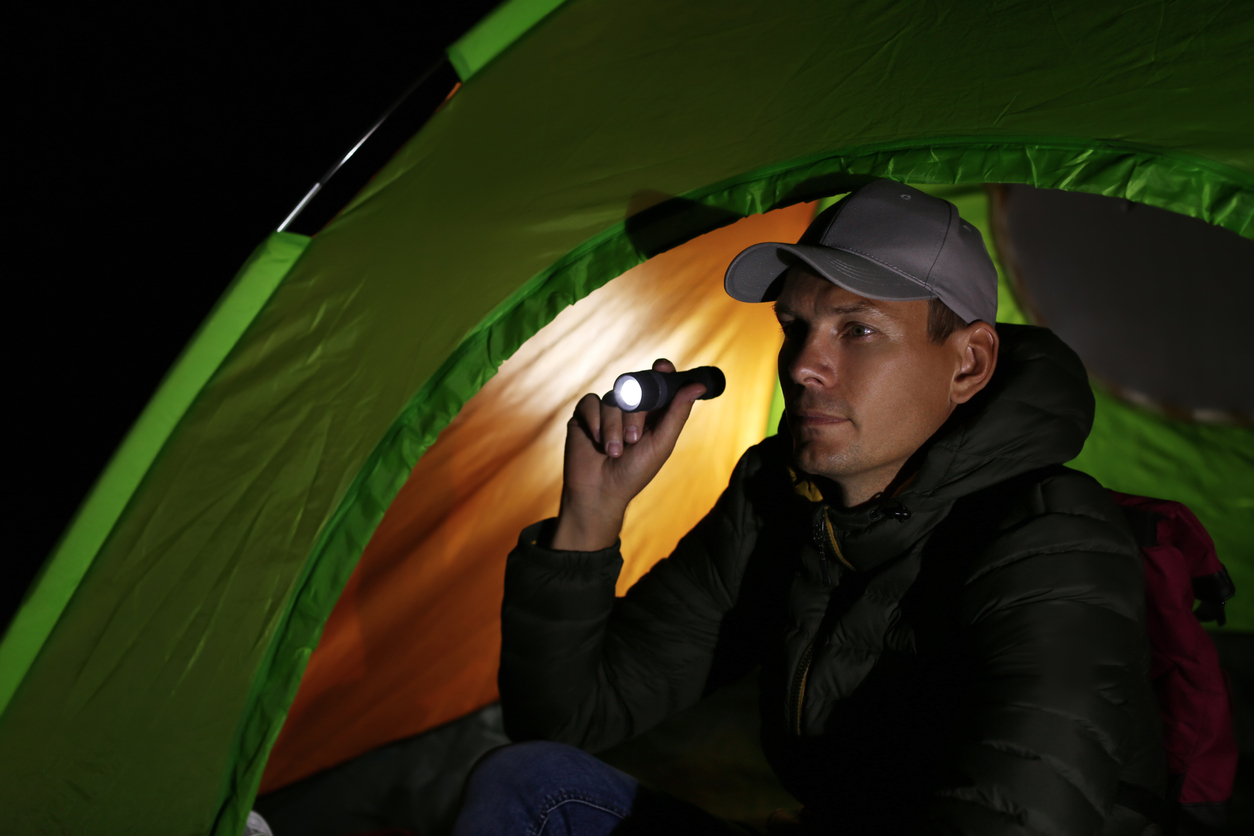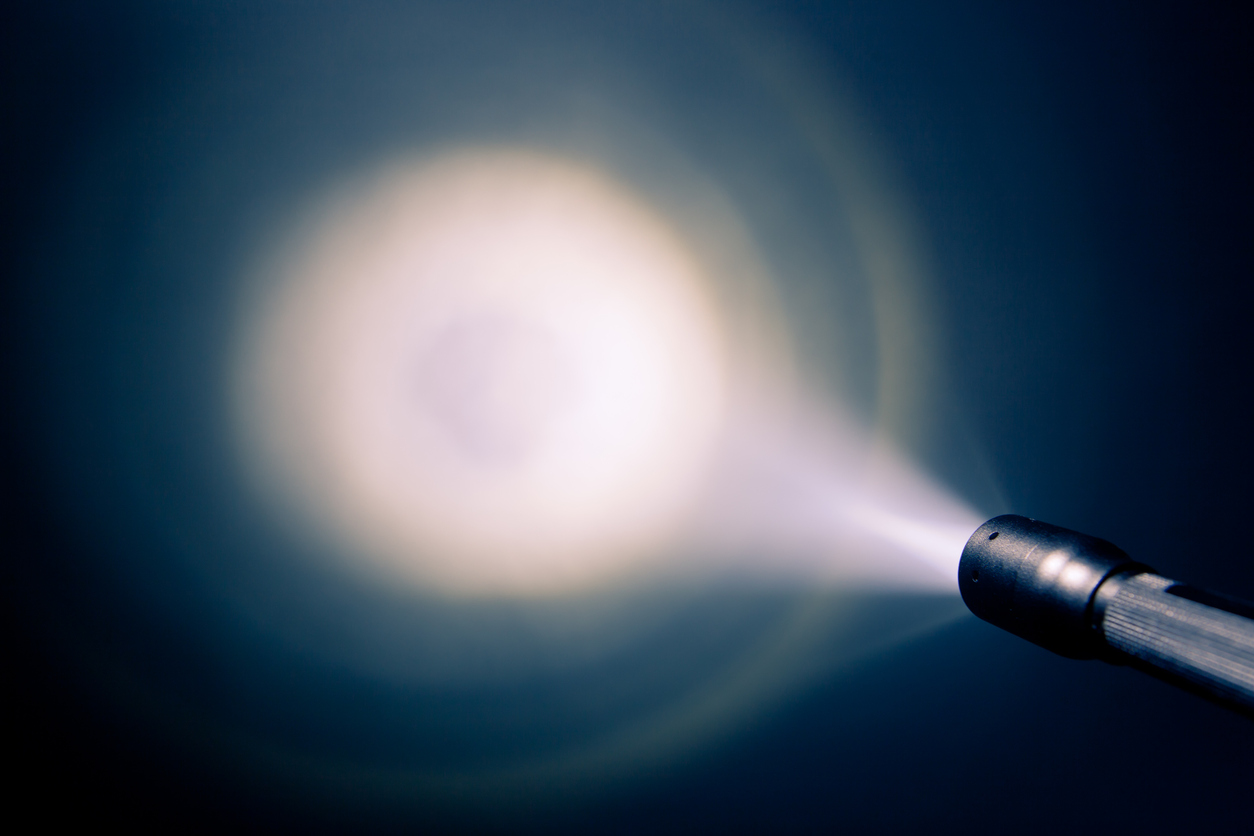Navigating the world of LED flashlights for survival is like embarking on a trek through dense, uncharted wilderness; you’ll find an array of paths, each with its own set of advantages and challenges. As you equip yourself for the unknown, you’re probably weighing the benefits of LED flashlights’ remarkable brightness, energy efficiency, and durability against their higher price tag and the potential need for specialized power sources.
These flashlights stand as beacons of reliability in the dark, casting focused beams that pierce through shadows, yet the initial investment and maintenance might give you pause. In considering whether an LED flashlight deserves a place in your survival kit, you’ll need to balance its long-term reliability and performance against your budget and preparedness strategy.
To make an informed decision, it’s essential to explore further how these factors can influence your survival readiness in unpredictable situations.
Key Takeaways
- LED flashlights for survival offer advantages such as longer battery life, durability, extended lifespan, and compactness.
- However, they have disadvantages including the need for access to electricity, higher upfront cost, limited heat production, potential overheating, and color distortion.
- LED flashlights provide high brightness levels and versatile beam types, making them suitable for illuminating large areas or signaling for help.
- They have energy-efficient bulbs, various power options, multiple power modes, and durability and weather resistance, making them reliable tools in survival situations.
LED Flashlight Advantages
LED flashlights offer unparalleled advantages for survival situations, combining energy efficiency with powerful illumination. When you’re gearing up for the unpredictable, having a reliable light source at your disposal is non-negotiable. LED lamps stand out for their ability to produce a brighter amount of light while consuming less power, ensuring your rechargeable batteries, be they AA battery or AAA batteries, last significantly longer. This means you’re less likely to find yourself in the dark at critical moments.
Moreover, the durability of LED flashlights can’t be overstated. They’re designed to withstand not just the test of time but also the harsh realities of survival scenarios. Whether it’s shock resistance against drops or resilience in adverse weather conditions, your survival flashlight is built to endure. This durability, coupled with the compact and lightweight nature of portable flashlights, makes them an indispensable addition to your emergency kit or bug-out bag.
Lastly, the extended lifespan of the LED lamp itself means you’re less likely to face the inconvenience of frequent replacements. With lumens to spare, an LED flashlight ensures you have a dependable and efficient light source, ready to guide you through the darkness, no matter what lies ahead.
LED Flashlight Disadvantages
While LED flashlights shine bright as survival tools, they aren’t without their drawbacks. Knowing these disadvantages helps you prepare better, ensuring your survival situation much less daunting.
| Disadvantage | Impact |
|---|---|
| Dependence on Electricity | Requires access to a power bank or other charging sources, which might not be available. |
| Initial Cost | Higher upfront cost compared to traditional flashlights; might make emergency kits with multiple lights more expensive. |
| Limited Heat Production | In cold environments, the lack of heat from LED lights means extra output was missed for warming hands or aiding in warmth. |
| Risk of Overheating | Continuous use can lead to overheating, potentially reducing performance or causing damage. |
| Limited Color Rendering | The blue shifted tint of most LEDs, unlike the neutral white of incandescents, might distort colors, making environment assessment or object identification challenging. |
Keep in mind that while these disadvantages exist, they are part of the balance in choosing the right gear. For instance, investing in lithium batteries might mitigate the electricity issue, and being aware of the beam pattern and temperature change will probably help manage expectations and usage to avoid overheating.
Brightness and Beam Type
When considering a flashlight for survival, it’s crucial to evaluate its brightness and the type of beam it projects. LED flashlights shine in this regard, offering a variety of features that cater to diverse needs in survival situations. Here’s why:
- High Brightness Levels: LED flashlights are known for their high brightness levels, measured in lumens. The higher the lumens, the brighter the light, which is essential for illuminating large areas or signaling for help in emergencies.
- Versatile Beam Types: They come with different beam types such as flood, spot, and adjustable beams. This versatility allows you to tailor your light source to specific tasks, whether you need a broad wash of light (flood) or a focused beam for distant objects (throw).
- Energy Efficiency: Despite their high brightness, LED flashlights consume less energy, meaning they can run longer on the same battery. This is crucial for situations where power sources are scarce.
- Adjustable Beam Patterns: Some LED flashlights feature adjustable beams, letting you switch between flood and throw or even adjust the beam pattern and tint. This adaptability is invaluable for navigating diverse environments and conditions during survival scenarios.
Battery Life and Power Options
Beyond their adjustable beam patterns and high brightness, the longevity of battery life and variety of power options further establish LED flashlights as indispensable tools for survival.
You’ll find that the energy efficiency of LED bulbs significantly extends battery life. This means you can rely on your flashlight to stay lit longer when you’re in a pinch, unlike traditional incandescent flashlights that quickly drain power.
Moreover, LED flashlights come with a variety of power options. Whether you’re using flashlights with rechargeable batteries or those equipped for solar charging, you’ve got flexibility in how you keep your light source powered. This adaptability is crucial in survival scenarios where conventional power sources mightn’t be available.
LED flashlights also boast features that allow for efficient use of power. With multiple power modes, you can adjust the lumens to suit your needs, reducing output for longer battery life or ramping it up for higher output when necessary. Plus, features like low-power indicators help you manage your power wisely, ensuring your flashlight won’t give out on you unexpectedly.
These benefits make LED flashlights with rechargeable batteries or other power-saving options a smart choice for anyone looking to be prepared.
Durability and Weather Resistance
LED flashlights outshine their traditional counterparts in durability and weather resistance, making them indispensable for survival scenarios. When you’re out in the wild, or even during an emergency at home, you need a light source that won’t fail you when conditions get tough.
Here’s why an LED flashlight is better in terms of durability and weather resistance:
- Built to Last: Made with sturdy materials like light metal, these flashlights can withstand mechanical injury from drops, mud, and rocks. There’s no excuse to spend again soon on replacements.
- Weatherproof Design: Whether facing heavy rain and thunderstorms or navigating through snow, etc., your LED flashlight ensures illumination without compromise. You’ll see how conditions will be tested and what effect they’ve with minimal worry.
- Resistance to Water: The design of LED flashlights prevents water ingress, ensuring that they keep shining even when fully submerged or in damp conditions.
- Reliability in Various Conditions: Their durability and weather resistance mean they’re reliable tools in any situation where your equipment’s resilience will be tested.
In survival situations, knowing your flashlight can handle anything from heavy weather to accidental drops into mud and rocks offers peace of mind.
Size, Weight, and Portability
In survival situations, you’ll appreciate that LED flashlights aren’t only smaller and lighter but also incredibly easy to carry, ensuring you’re never weighed down. The best survival LED flashlight is one that doesn’t add unnecessary bulk or weight, allowing you to move freely and efficiently. Their compact size and reduced weight are vital for survival flashlights, making them indispensable tools for outdoor activities. Whether you’re navigating through dense forests at night or signaling for help, the portability of an LED flashlight ensures it’s always within reach.
When you’re picking up a new survival flashlight, make sure to review multiple gear options. It’s essential to find a flashlight that offers the best combination of size, weight, and portability, ensuring it meets every condition possible. The ability to easily use your flashlight without it becoming a cumbersome item in your pack can make a significant difference in survival scenarios. From being attached to your equipment for hands-free operation to effortlessly fitting into your emergency kit, the right survival flashlight becomes an extension of your survival gear, always ready when you need it the most.
Cost Considerations
While considering the size, weight, and portability of your survival flashlight, it’s also crucial to think about the cost implications. LED flashlights, often favored for their efficiency and longevity, come with various price points and cost considerations that are worth testing against your survival needs.
Here’s a breakdown of cost considerations to keep in mind:
- Upfront vs. Long-Term Costs: LED flashlights might seem pricier at first glance compared to traditional options. However, their energy efficiency and durability offer significant savings over time, reducing the need for frequent replacements and maintenance.
- Rechargeable Models: Opting for rechargeable LED flashlights can cut down on the ongoing cost of disposable batteries. Despite a higher initial price, the long-term benefit in a survival situation can’t be overlooked.
- Performance vs. Price: Even lower-priced LED flashlights can provide adequate lumens, desirable beam patterns, and appropriate tint for survival scenarios without a substantial output reduction.
- Weighing the Investment: In assessing the cost, it’s essential to consider how the flashlight’s longevity, durability, and performance in survival situations justify the initial expense, making it a sound investment.
Understanding these pros and cons will help you navigate the cost considerations of choosing the right survival light effectively.
Choosing the Right LED Flashlight
Selecting the ideal LED flashlight for survival hinges on understanding various factors, from lumens and runtime to battery type and durability.
Lumens indicate the light output; higher lumens mean more brightness, essential for seeing in the dark. However, don’t overlook the beam pattern. A wider beam helps to see your surroundings easier, while a focused beam is good for long-distance viewing.
Consider the tint of the light as well. A blue-shifted tint might seem brighter, but a neutral white (NW) tint is superior for survival use as it makes colors appear more natural, making it easier to see details in the dark. Be wary of output reduction over time. A flashlight that maintains consistent brightness is crucial.
When choosing a flashlight for survival, think about how you’ll use it. Adjustable brightness and multiple modes offer versatility for different scenarios. Also, consider the battery type. Rechargeable LED flashlights have a higher power capacity and are more cost-effective in the long run but remember they might require electricity to charge, which could be a limitation in survival situations.
Lastly, durability is key; your flashlight should withstand harsh conditions and accidental drops.
Conclusion
In conclusion, you’ll find LED flashlights a solid choice for survival due to their brilliant beam, long battery life, and rugged durability. They’re lightweight and easy to carry, making them perfect for any adventure.
However, be prepared to pay a bit more upfront, including potential costs for specific batteries or chargers. When picking the right LED flashlight, weigh these pros and cons carefully to ensure it meets your survival needs without breaking the bank.



